New Zealand is making some serious moves in 2025 to modernize its work visa system, and if you’ve got your eyes set on Kiwi shores, you’ll want to pay attention. The government is ditching the ANZSCO—that long, often-confusing classification system shared with Australia—in favor of its own National Occupation List (NOL). This homegrown approach is designed to reflect New Zealand’s actual labor market demands more accurately, and it’s already shaking up how work visas and residency applications are being processed.
Key Takeaways
What’s Changing in New Zealand’s Work Visa System?
Why does this matter? Because the new NOL doesn’t just reshuffle job titles—it changes how immigration officers assess your skill level, your experience, and ultimately, your eligibility for living and working in New Zealand long-term. And yes, it could very well make your path to a visa much smoother.
How the New National Occupation List Affects Your Eligibility
The biggest change with the introduction of the NOL is how it redefines what counts as a “skilled” job. Under the old ANZSCO system, certain occupations were often seen as too low-skilled to qualify for longer visas or residency tracks. But the NOL is giving many of these roles a much-needed promotion.
Jobs are now ranked based on actual demand and relevance to New Zealand’s economy. Instead of generic regional data, the NOL uses local insights to categorize occupations into high, medium, and low demand tiers. These tiers directly impact not just your eligibility for the Accredited Employer Work Visa (AEWV), but also the conditions attached, like visa duration and wage thresholds.
Bottom line: If your occupation makes it onto the NOL—and especially if it’s in a high-demand category—you could be in a much better position to secure a visa or even start your path toward residency.
Also Read: Could New Zealand’s Summer Visitor Visa Be Your Ticket to a Dream Vacation?
What Jobs Now Qualify for Longer Work Visas and Easier Residency?
Here’s where things get interesting. Roles that were previously boxed into lower skill categories—like cooks, scaffolders, and even pet groomers—are now seeing a boost under the NOL. Take cooks, for instance. Previously treated as Skill Level 4 (i.e., lower-skilled) under ANZSCO, they’re now being considered Skill Level 3 under NOL, which is a major upgrade.
This change means you could qualify for a three-year AEWV without having to meet the usual median wage threshold, a requirement that’s often a stumbling block for many applicants. It also paves the way for a clearer path to residency, especially if your employer is accredited and your role is deemed critical to local industries.
So if you’ve got professional experience in a trade or service role, it might be time to revisit your options. You could now be on New Zealand’s radar in a way that simply wasn’t possible under the old classification system.
How Will the New Skill Level Classification Impact Your Application?
Think of the NOL’s skill level system as a recalibrated lens. Instead of using Australia-centric data to determine your worth, New Zealand is now evaluating you through a localized framework.
Previously, applicants in lower-skill roles had limited visa options and faced shorter stay durations. With the NOL, Skill Level 3 roles are now eligible for longer visas and broader residency pathways, assuming you meet the new experience and employment requirements. Even roles previously sidelined for being “too low-skill” are getting a fairer assessment.
For applicants, this means your job title no longer tells the whole story. The new system looks at the value your occupation brings to New Zealand’s workforce, and whether you’re likely to fill an ongoing labor gap, not just your academic background or how your job was previously labeled.
What Does the Reduction in Work Experience Requirements Mean for You?
Here’s a change that’s both subtle and powerful. Under the ANZSCO-aligned system, many occupations require at least three years of relevant work experience to qualify for a visa. The new NOL system has reduced this to just two years for many roles, particularly those now considered Skill Level 3.
This is a huge win for early-career professionals and those with informal or varied experience backgrounds. You no longer need to prove an extended career history—a solid two years in your trade or profession might be all it takes to become eligible for an AEWV or even kickstart a residency process.
This seemingly small tweak could open the door for thousands of workers who were previously blocked by technicalities. It’s a reminder that experience still matters—but now, it’s viewed more realistically.
What Are the Benefits for Specific Occupations Like Cooks and Nannies?
If you’re a cook, nanny, scaffolder, or pet groomer, your luck might just have turned. Under the NOL, these roles are not only more likely to qualify for longer visas, but they also no longer have to meet the median wage threshold to be eligible for work permits. That’s a major barrier removed.
Let’s take cooks as an example. With the new classification, a cook employed full-time by an accredited employer may now be granted a three-year AEWV even if the pay is below the national median wage. The same applies to nannies, whose work is increasingly recognized as vital given New Zealand’s family support infrastructure.
These changes acknowledge the real contributions these workers make, and are an invitation to professionals in these sectors to seriously consider New Zealand as a viable destination.
How to Stay Updated and Ensure Your Application Meets the New Criteria
The full transition to the National Occupation List is still underway, and Immigration New Zealand is fine-tuning its policies in real-time. That means applicants need to be proactive about keeping up with updates, as the eligibility criteria and interpretations could shift again.
Here’s how to stay ahead:
- Regularly check Immigration New Zealand’s website for occupation updates and new guidelines.
- Consult with licensed immigration advisors, especially if your role falls in a grey area.
- Document your work experience carefully, especially in light of the reduced requirements.
- Make sure your employer is accredited, as this is now a cornerstone of the AEWV pathway.
Don’t wait until your application is rejected to realize your documents were out of date or your job title was misaligned. In this evolving landscape, preparation is your best friend.
Conclusion: A More Inclusive Pathway to Work in New Zealand
New Zealand’s shift to the National Occupation List is more than a bureaucratic reshuffle—it’s a strategic move to welcome workers who genuinely meet the country’s needs. If your occupation is now recognized under the updated framework, this could be your moment to apply with renewed confidence.
The changes bring better clarity, a more inclusive skill classification system, and—most importantly—a more attainable route to both working and living in New Zealand. Whether you’re a tradesperson, a childcare worker, or someone whose experience has been undervalued until now, the doors might finally be open.
So if you’ve been waiting for the right moment to make your move, it’s here. Just be sure to check the fine print—and bring your best paperwork game.





